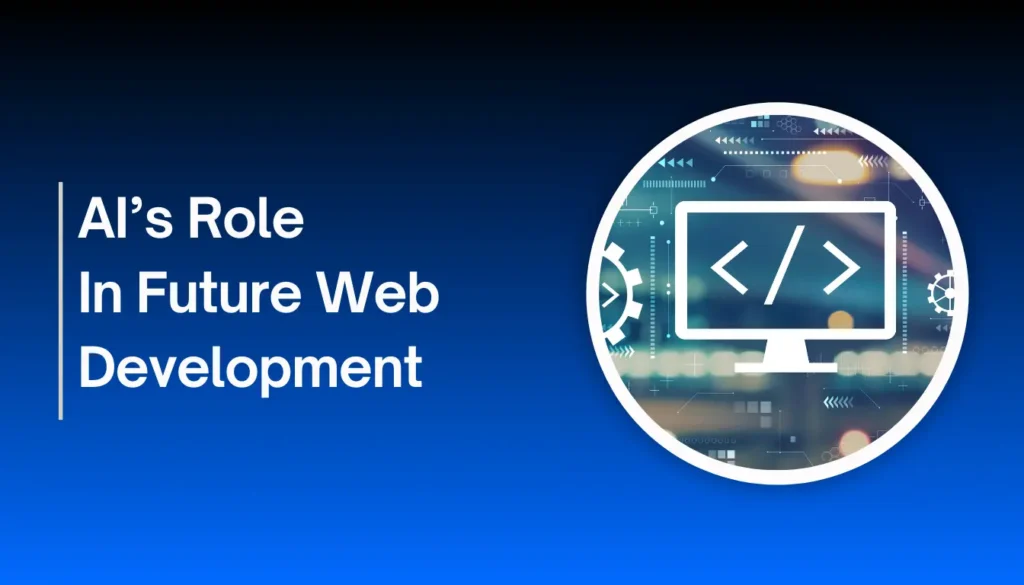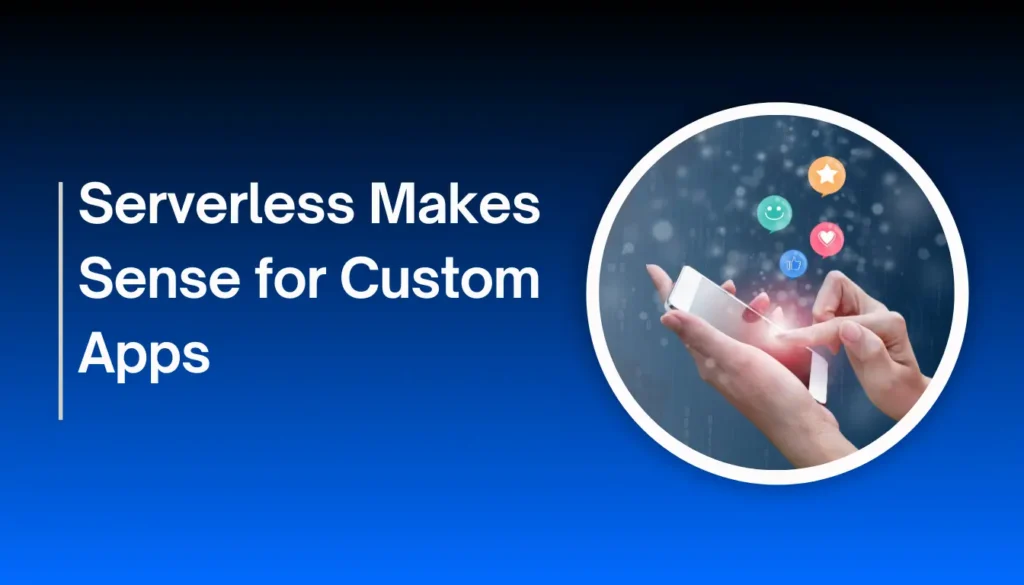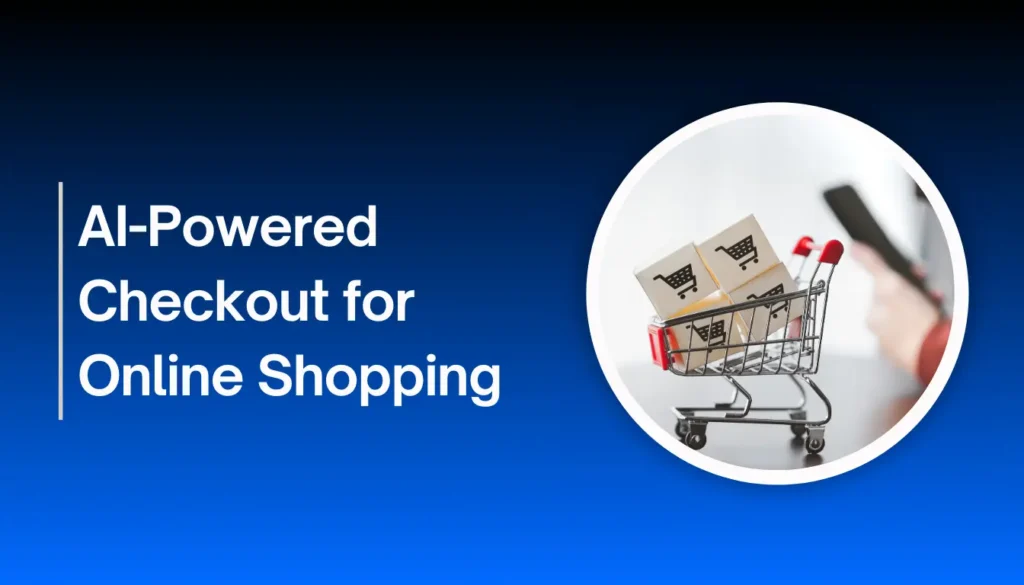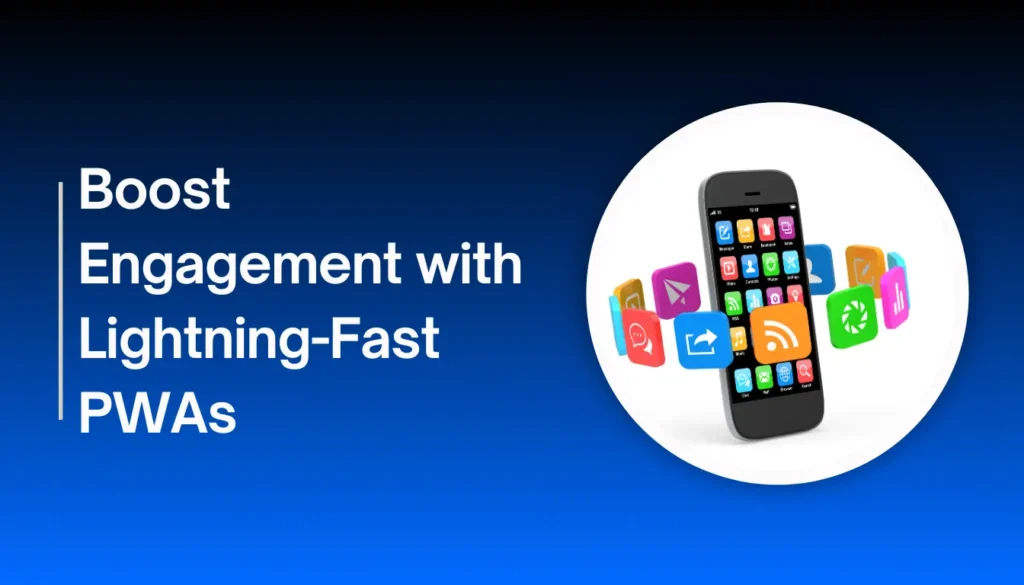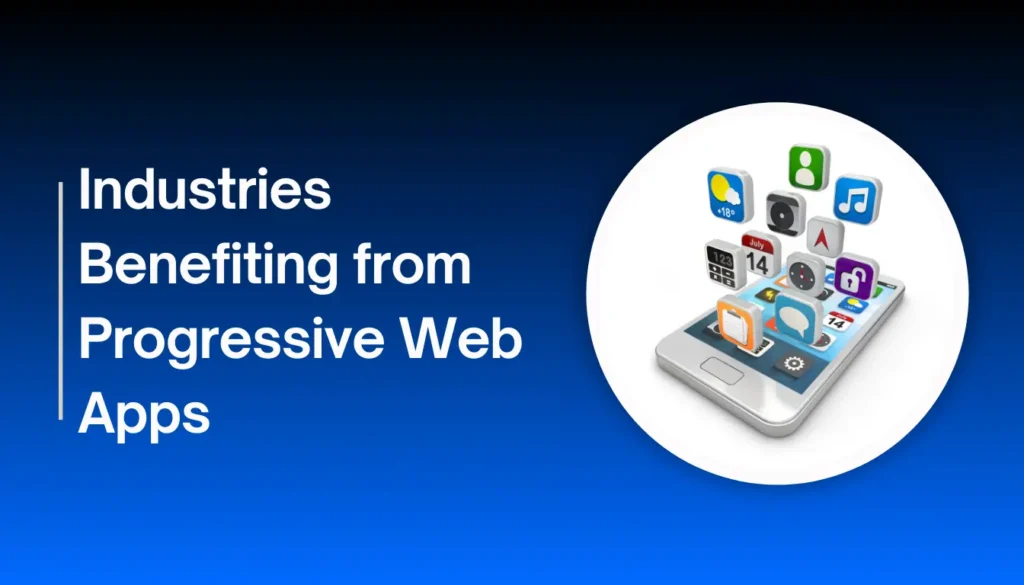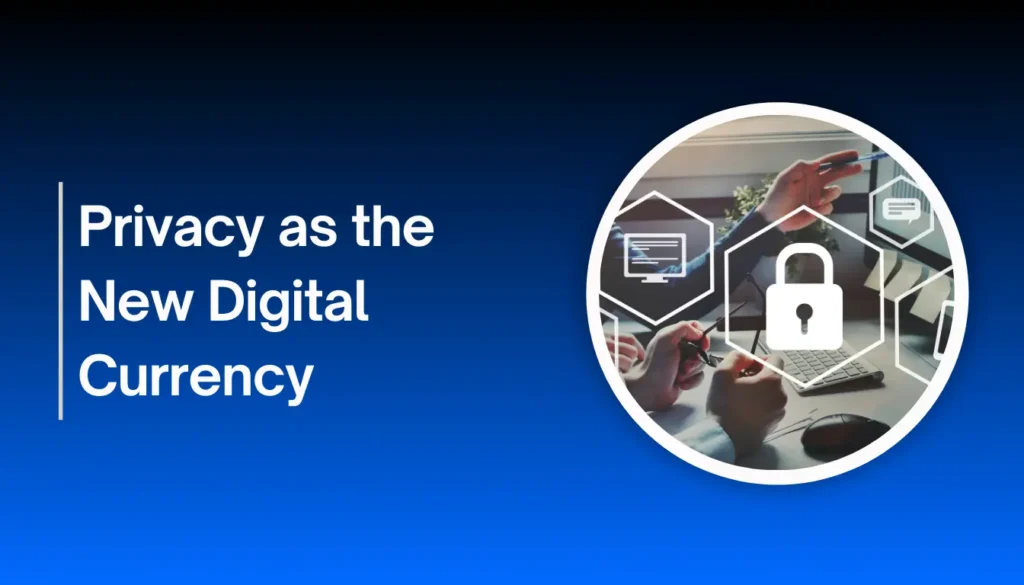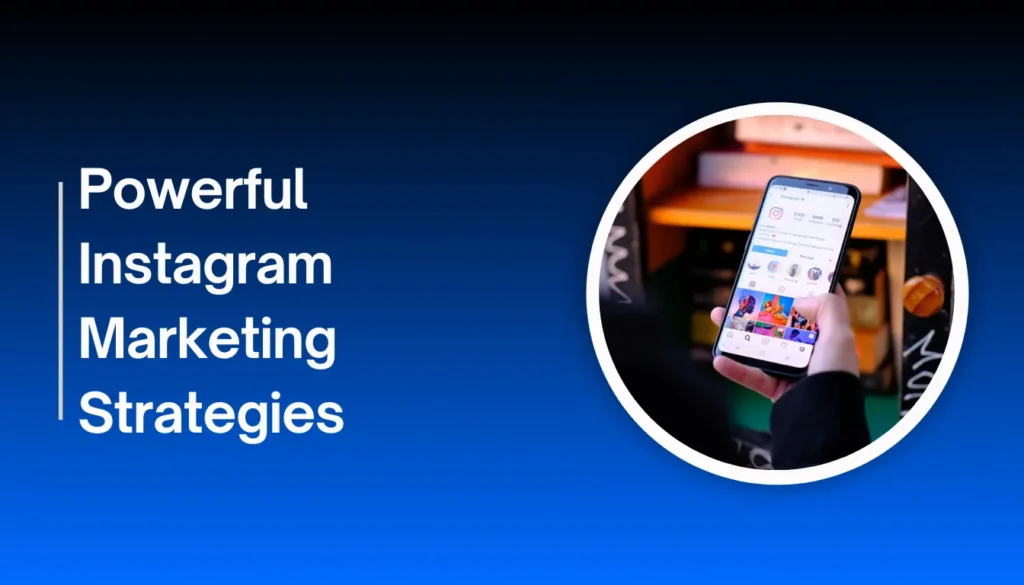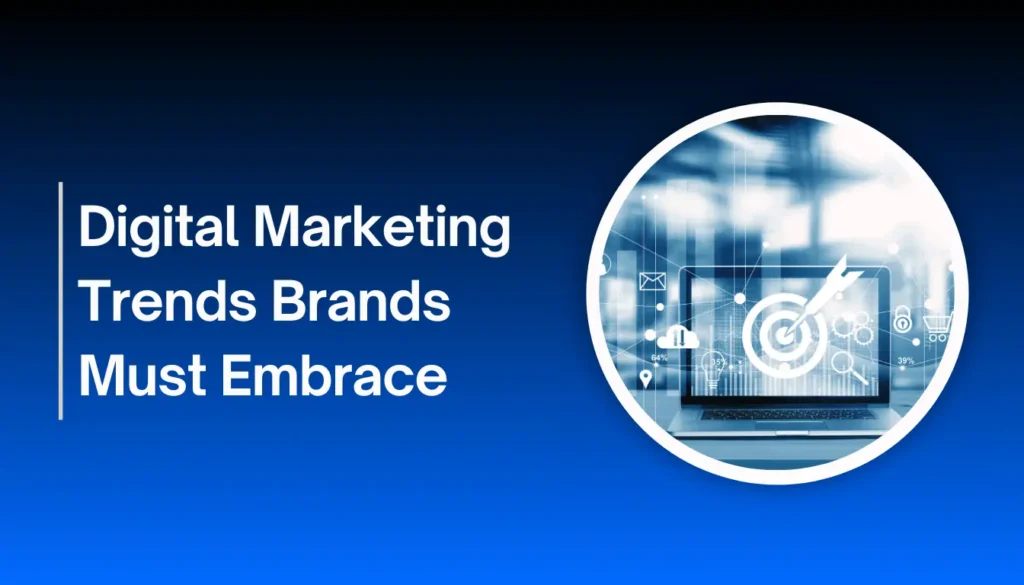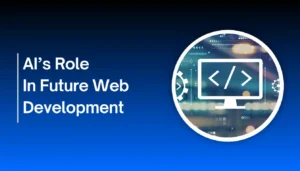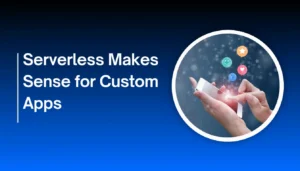Did you know that companies using AI-driven personalization see an average of a 20% increase in sales? In 2025, the digital landscape is more competitive than ever, and a one-size-fits-all approach to design is a fast track to obscurity. While traditional UI/UX design focuses on creating a great experience for a general user, the next frontier is about creating a great experience for a single user, on a one-to-one basis.
This is where AI-driven UI/UX comes in. It’s no longer enough to have an intuitive design; you need a design that adapts and learns from every user interaction. As a professional who has watched the digital world evolve, I’ve seen AI move from a futuristic concept to a practical tool that is fundamentally changing how we design products.
This isn’t just a technical upgrade; it’s a strategic shift that promises to significantly boost user engagement and conversion rates. The future of design is smart, and it’s personal.
The New Frontier of UI/UX Design
Traditional UI/UX design relies on data and best practices to create a standardized user journey. AI-driven UI/UX takes this a step further. It uses machine learning algorithms to analyze massive amounts of real-time user data, clicks, scrolls, time on page, and past purchase history, to dynamically alter the user interface and experience.
This creates a personalized journey for each user, leading to a more relevant, efficient, and enjoyable interaction. The result is a more effective design that anticipates a user’s needs and guides them toward a desired action without them even realizing it.
Key Strategies for AI-Driven UI/UX
Dynamic Content and Layout Personalization
Imagine a website that reorganizes its homepage to show you products it knows you’ll like, or an app that changes its navigation based on your past usage patterns. This is the power of dynamic personalization. AI algorithms can A/B test different layouts, images, and content in real-time to see what resonates most with a specific user segment.
By continuously learning from user behavior, the AI can present the most engaging and conversion-friendly version of a page to each individual. This hyper-personalization significantly increases user engagement and makes the experience feel tailor-made.
I once worked on a retail project where an AI-driven homepage increased click-through rates by 30% by simply reordering product categories based on a user’s Browse history.
- AI analyzes user data to dynamically change content, images, and offers.
- It can rearrange entire layouts to highlight relevant information.
- Personalized experiences lead to higher engagement and a stronger connection with the user.
AI-Powered Chatbots and Virtual Assistants
Chatbots are no longer just for answering simple questions. In 2025, AI-powered virtual assistants are becoming an integral part of the user experience. These intelligent agents can guide users through complex tasks, provide personalized recommendations, and offer 24/7 support. They can understand natural language, anticipate user needs, and even learn from past conversations to improve future interactions. This level of support reduces user friction and helps move them down the sales funnel more effectively. A well-placed, intelligent chatbot can turn a frustrated visitor into a happy customer.
- Provide instant, personalized support to users at any time.
- Guide users through a sales process or complex navigation.
- Collect valuable data on user questions and pain points.
Predictive UI/UX for a Seamless Journey
Predictive UI/UX is about using AI to anticipate a user’s next action and present them with what they need before they even ask for it. This might involve an e-commerce site predicting what product you’ll want to buy next and showing it on the homepage, or a streaming service suggesting a movie based not just on what you’ve watched, but on your mood. This proactive approach to design creates a truly seamless journey, removing friction and making the user feel understood. It’s a key strategy for boosting user engagement and driving conversions by making the path from interest to action as short as possible.
- AI predicts user needs and offers relevant information or products proactively.
- It simplifies navigation by anticipating a user’s next step.
- This creates a more efficient and personalized user experience.
Tools and Technologies for AI-Driven UI/UX
The market for AI-driven UI/UX tools is rapidly expanding. These tools are no longer just for tech giants; they are becoming accessible to businesses of all sizes. Here are a few key categories of tools that are defining the space in 2025:
| Tool Category | Examples | Functionality |
|---|---|---|
| AI-Powered A/B Testing & Personalization | Optimizely, Dynamic Yield | Uses AI to automatically test and serve the most effective content and layout to different user segments. |
| Generative UI Design | Galileo AI, Figma plugins | AI tools that can generate design concepts, layouts, and even code from text prompts, speeding up the design process. |
| AI-Powered User Research | UserTesting, Maze | Uses AI to analyze user feedback, sentiment, and behavior to provide deeper insights and a faster feedback loop. |
| Intelligent Chatbots | Intercom, Drift AI | Provides intelligent, personalized support and guides users through the sales and support funnel. |
Common Mistakes to Avoid
While the potential of AI-driven UI/UX is immense, there are pitfalls to avoid. The most significant mistake is forgetting the human element. AI is a powerful tool, but it’s not a replacement for a human designer’s empathy and creative vision. Relying too heavily on AI without a strategic framework can lead to a soulless, generic experience. Another major mistake is a lack of transparency. Users may become uncomfortable if they feel a website is making decisions for them without their knowledge. Lastly, poor data quality is a surefire way to get bad results. If your AI is trained on incomplete or biased data, it will lead to a flawed user experience that alienates a portion of your audience.
“AI is a tool for a designer’s vision, not a substitute for it. The best designs will always be a collaboration between human creativity and machine intelligence.” This is a truth I’ve come to believe deeply. The magic lies in the partnership.
Key Takeaways
- AI-driven UI/UX is the next evolution of design, using data to create personalized experiences.
- Dynamic content personalization and predictive design are key strategies for boosting user engagement.
- AI-powered chatbots and virtual assistants enhance the user experience by providing instant, intelligent support.
- Successful implementation requires a strategic approach, good data, and a strong human creative vision.
- The human element is still critical; AI is a tool to be guided, not a replacement for empathy and creativity.
FAQ
How AI-Driven UI/UX Can Boost Engagement and Conversions?
AI-driven UI/UX can boost engagement and conversions by using machine learning to create personalized experiences for each user. This includes dynamically changing layouts and content, providing proactive and intelligent recommendations, and using AI-powered chatbots to guide users, all of which lead to a more relevant and efficient user experience.
What is the difference between traditional UI/UX and AI-driven UI/UX?
Traditional UI/UX design is based on general user data and best practices to create a static experience for a broad audience. AI-driven UI/UX is a more dynamic approach that uses real-time data and machine learning to create a personalized, adaptive experience for each individual user, making the product smarter and more responsive.
Is AI-driven design only for large companies?
No, while large companies have been early adopters, AI-driven UI/UX tools are becoming more accessible and affordable for businesses of all sizes. Many platforms now offer AI-powered features for personalization and optimization, allowing smaller companies to also benefit from a more intelligent approach to design.
Recommendations
The shift to AI-driven UI/UX is an inevitable one, and your business must be prepared to embrace it. Start by auditing your current user engagement metrics to identify areas where friction or a lack of personalization is costing you conversions. Next, consider a pilot project using an AI-powered personalization tool on a single page of your website to see the impact firsthand.
Invest in training your design and marketing teams on the fundamentals of machine learning so they can effectively partner with AI. The most successful businesses will be those that see AI not as a threat to their creative teams, but as a powerful new collaborator. By putting this partnership at the heart of your strategy, you can build a truly intelligent user experience that drives significant growth and keeps you ahead of the competition.



